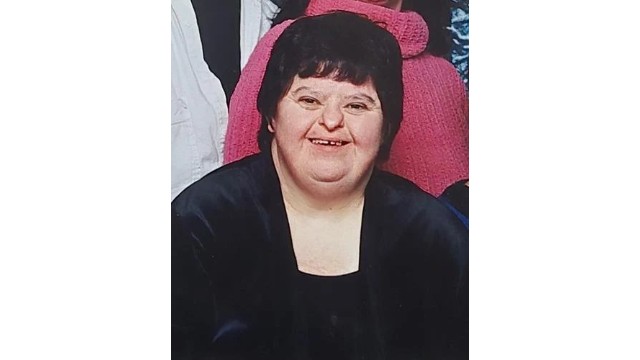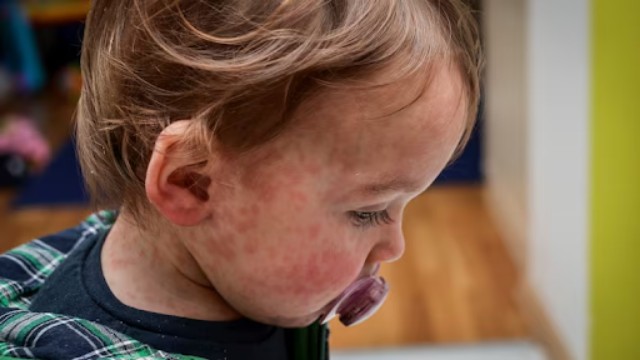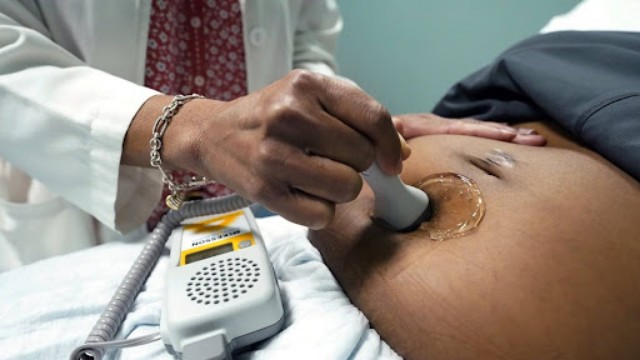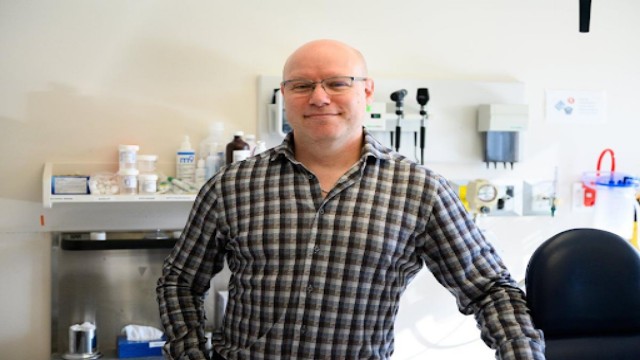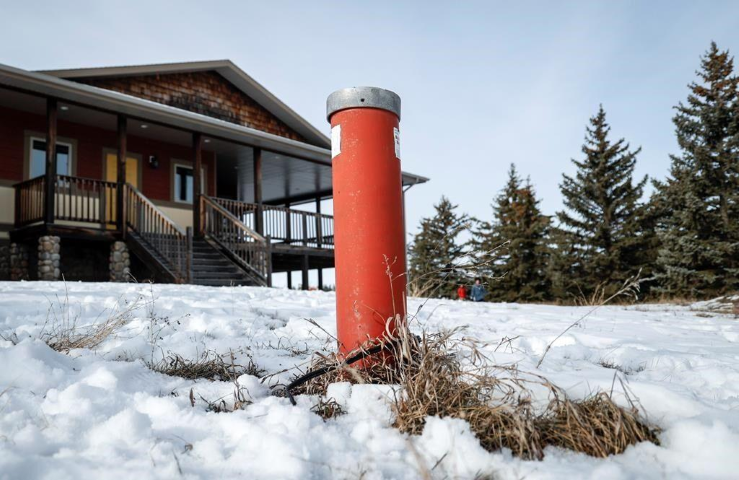
A water wellhead is pictured at home owner Henk de Haan's property near Okotoks, Alta., on Thursday, Feb. 22, 2024. THE CANADIAN PRESS/Jeff McIntosh
Henk de Haan recently discovered a hidden danger lurking in his acreage home near Calgary, where his children had been sleeping in the basement for five years. A friend's suggestion led him to test for radon, revealing a serious problem.
Radon, a radioactive gas formed naturally from the breakdown of uranium, thorium, or radium in rocks, soil, and groundwater, posed a risk in his home. Testing revealed radon levels at 400 becquerels per cubic meter, far exceeding Health Canada's safety limit of 200 becquerels.
To address the issue, de Haan installed a radon mitigation system, alleviating the danger. Despite the resolution, concerns linger, particularly as his wife is a breast cancer survivor who underwent a double mastectomy.
A study by University of Calgary researchers found a correlation between radon levels in rural homes and their proximity to drilled groundwater wells. According to Aaron Goodarzi, principal investigator of the study, radon travels more swiftly to the surface near these wells, increasing the risk for nearby rural homes.
The study, encompassing 42,051 Canadian households, revealed that rural communities generally face 30% higher residential radon levels compared to urban areas. Radon exposure ranks as the second leading cause of lung cancer in Canada and globally, emitting harmful alpha radiation that damages DNA.
Goodarzi emphasized the necessity of regular radon testing, especially in rural regions, to mitigate cancer risks. The study's findings underscore the importance for policymakers to address radon exposure as part of cancer prevention efforts.


